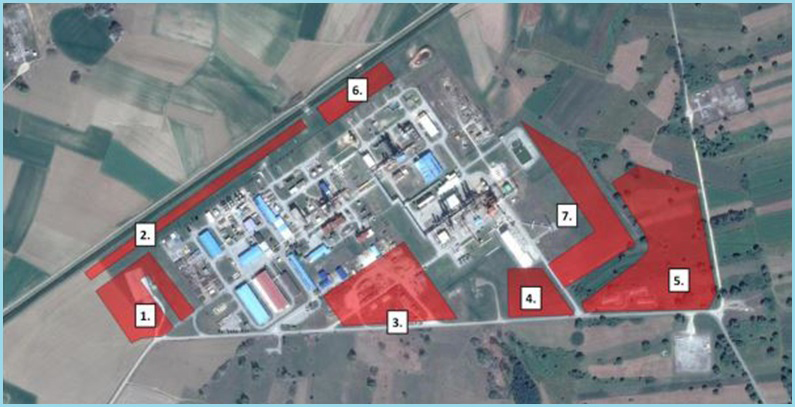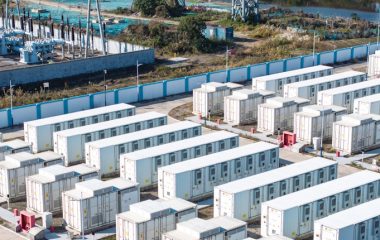
Photo: Location of the Virje solar power plant (study)
The Croatian energy group INA plans to build two solar power plants with a total installed capacity of about 11 MW, according to applications submitted to the Ministry of Environmental Protection and Energy.
One plant, called Virje, will have a capacity of 7 MW- 8 MW, and will be installed within INA’s central gas facility Molve, in Virje municipality. The other one, called Sisak, with a capacity of 2 MW – 3 MW, will be built in the Sisak refinery.
The Virje solar power plant will cover 147,000 square meters while the Sisak plant will span 33,000, reads the application for the evaluation of the need for environmental impact assessment.
The annual production per kW of installed power is estimated at 1,000 KWh to 1,200 kWh
The environmental protection studies for the two power plants include the possibility of installing photovoltaic panels on the roofs of the administrative buildings of central gas facility Molve and the Sisak refinery.
The Virje and Sisak solar power plants will feed electricity to the distribution network of HEP ODS, while part of the generated electricity will be used for self-consumption at INA facilities.
INA plans to terminate crude oil processing at Sisak refinery
The expected production per kW of installed power is around 1,000 to 1,200 kWh per year, depending on the selected type of photovoltaic module, orientation, and inclination angles, according to the study. This means that the two power plants could generate 11 MWh – 13.2 MWh annually.
At the end of 2018, INA, majority owned by Hungary’s MOL, adopted a business plan for this year which envisages the termination of crude oil processing at the Sisak refinery and its conversion into an industrial activities center. The decision was made due to refinery’s losses, Croatian media reported. In the future, INA will only process crude oil at the Rijeka refinery.
After Ministry receives the application for the evaluation of the need for environmental impact assessment, it must obtain opinions of other institutions and local municipalities, and inform the public. Following this procedure, an approval is issued and the public is again informed about it, according to the ministry’s website.


















Be the first one to comment on this article.